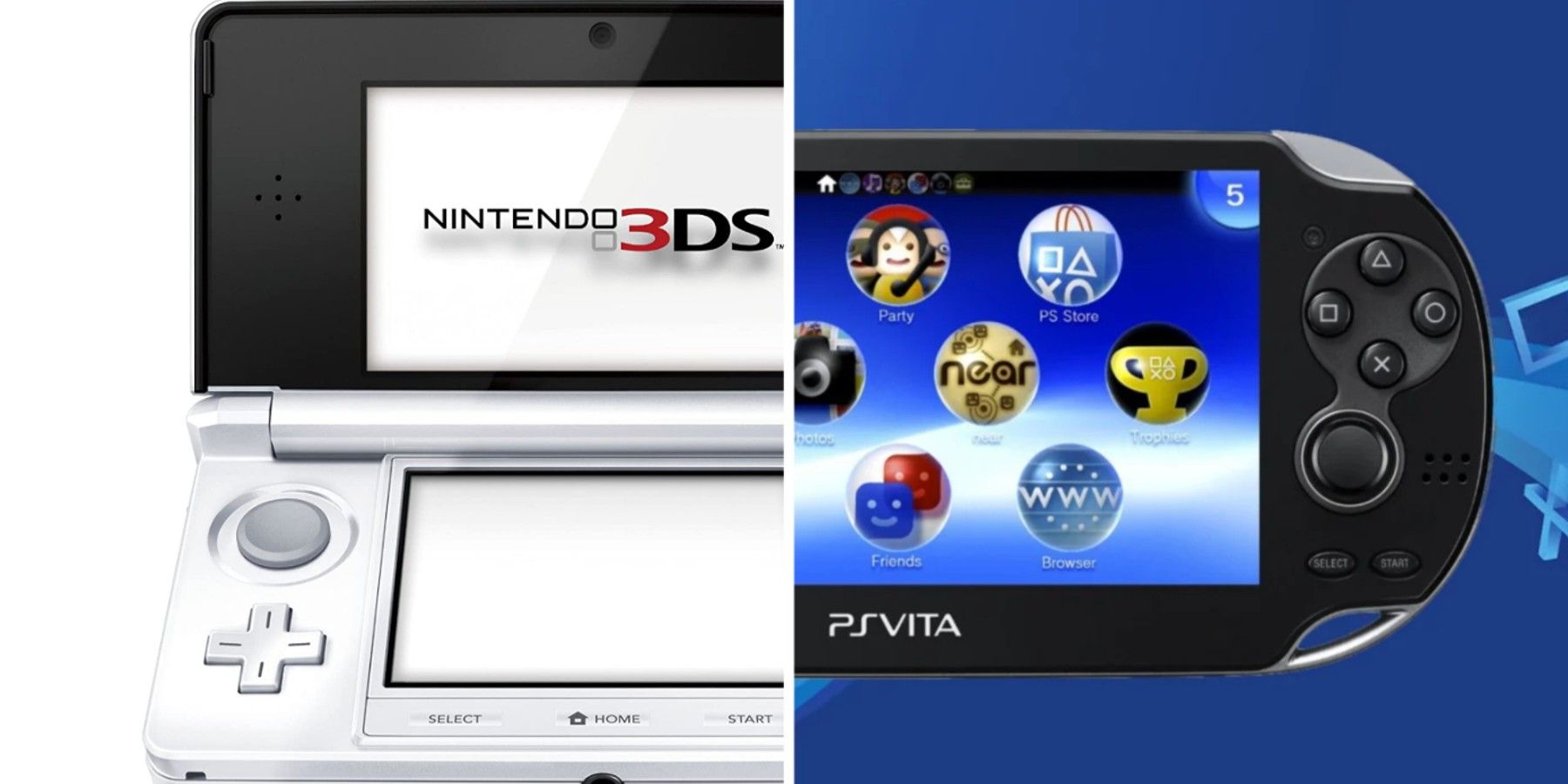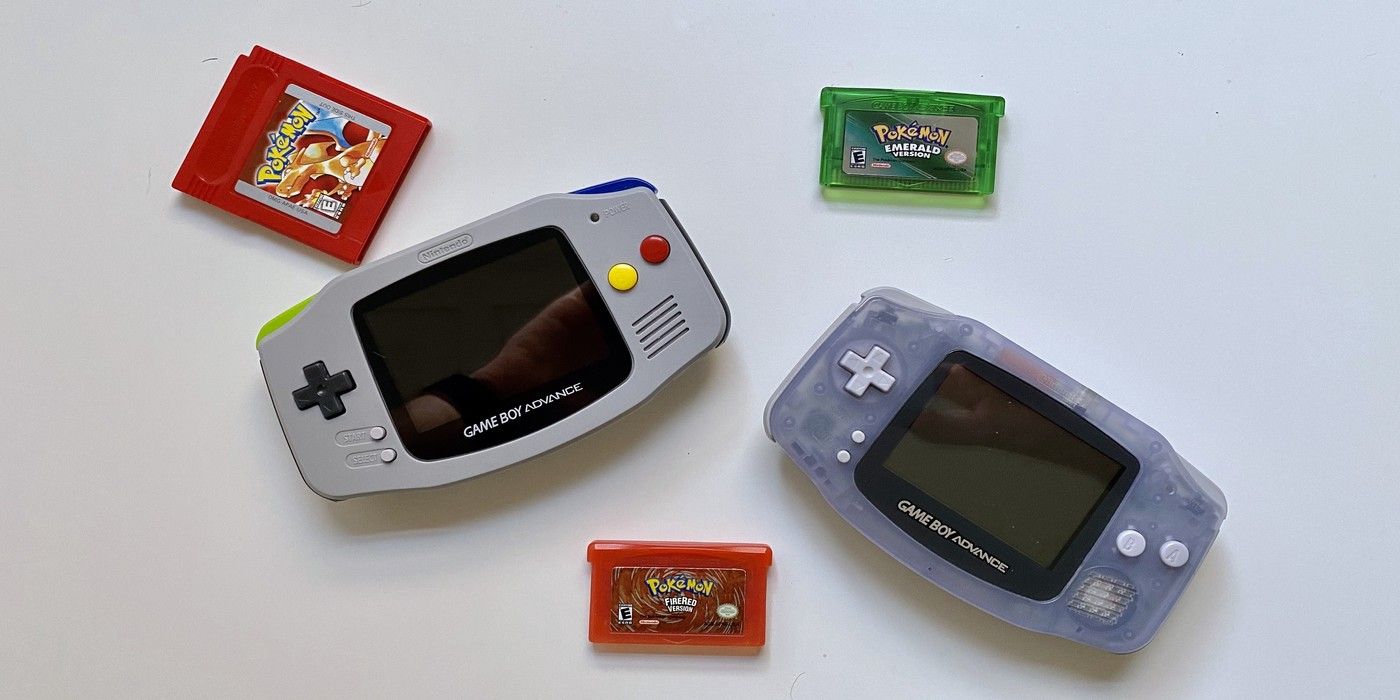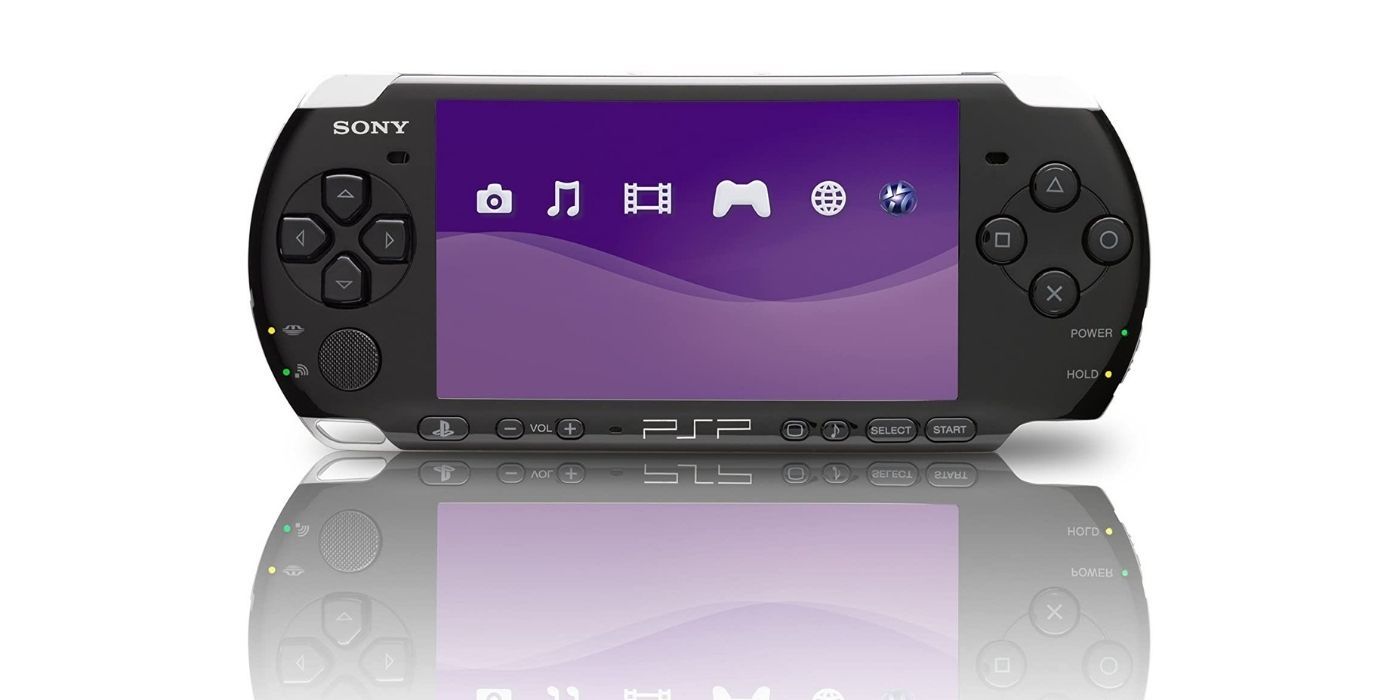For over three decades, Nintendo has been the king of the handheld console market. Beginning with the original Game Boy all the way back in 1989, Nintendo has reigned as champion, with practically no competition from the rest of the gaming industry, with most manufacturers giving it a go, and bailing after one failed product. In the mid-2000s, however, PlayStation decided to attempt the impossible and entered the handheld gaming market. But while Nintendo and PlayStation had fairly competitive prices back in the day, some fans may be a little shocked at those prices when adjusted for inflation today.
With over a decade already in the portable gaming industry before Sony even reared its head, Nintendo had already established itself as the leader of the market. But that didn't deter Sony, and in the late 2000s-early 2010s, the two industry juggernauts were engaged in a fierce battle for control over the handheld gaming market, leading to some bold pricing decisions, decisions which are pretty interesting in hindsight.
Nintendo - From the Game Boy to the Switch
- Game Boy: Original retail price - $89.99, Adjusted for inflation - $215
- Game Boy Color: Original retail price - $69.99, Adjusted for inflation - $127
- Game Boy Advance: Original retail price - $99.99, Adjusted for inflation - $167
- Game Boy Micro: Original retail price - $99.99, Adjusted for inflation - $151
- Nintendo DS: Original retail price - $149.99, Adjusted for inflation - $235
- Nintendo DS Lite: Original retail price - $129.99, Adjusted for inflation - $191
- Nintendo DSi: Original retail price - $169.99, Adjusted for inflation - $234
- Nintendo 3DS: Original retail price - $249.99, Adjusted for inflation - $329
- Nintendo 2DS: Original retail price - $129.99, Adjusted for inflation - $165
- New Nintendo 3DS: Original retail price - $219.99, Adjusted for inflation - $275
- Nintendo Switch: Original retail price - $299, Adjusted for inflation - $362
- Nintendo Switch Lite: Original retail price - $199.99, Adjusted for inflation - $232
- Nintendo Switch OLED: Original retail price - $350, Adjusted for inflation - $383
Nintendo has had a very, very long history in the handheld gaming market, with its Game & Watch series even predating its first major handheld console, the Game Boy. Released in 1989, the Game Boy's $90 price tag seems like a steal now, but when adjusted for inflation it actually comes out to about $215. This is quite a bit of money for such a primitive handheld, but at the time, the Game Boy was in a class of its own, being the only piece of tech like it.
By the time the Game Boy Color came out a whole decade later, the market had shifted a little. With everyone now already owning a Game Boy, Nintendo needed to convince them to upgrade to a Color, and thus sold it at a much-reduced cost. The Game Boy Advance sits comfortably between the two, offering a solid technological step-up just a few years later.
With the release of the original Nintendo DS model back in 2004, Nintendo raised its retail price quite a bit from the GBA, which made sense as the DS was being marketed as the Game Boy Advance's successor. 2006 saw the cheaper DS Lite model release, which many gamers will remember as their childhood system. The Nintendo DSi offered a few extra bells and whistles, and the price reflected it, costing an extra $40 on launch.
The Nintendo 3DS is, some would say, Nintendo at its greediest. While the 3DS was certainly a huge leap forward for the DS handheld family, the $250 asking price was incredibly steep, with gamers being able to afford a newer model Xbox 360 or PS3 for that price. While the 3DS' first few months of sales were great, the mainstream didn't quite flock to the 3DS like they did with the DS Lite, and its high price tag is a big reason for this. The Nintendo 2DS released just a few years later, offering a much lower price point at the cost of no 3D features. In 2015, the New Nintendo 3DS launched, boasting some new features like a C-Stick, improved RAM, and better processor power.
Just two years later, in 2017, the Nintendo Switch launched. Though the Switch's launch price is fairly high when adjusted for inflation, Nintendo could afford to push its price point, as much like the original Game Boy, Nintendo was offering something completely new. The ability to switch between handheld and docked made the Switch an instant seller. In 2019, Nintendo offered a cheaper, smaller system, the Switch Lite, for those just looking to take games on the go. Just last year, the Nintendo Switch OLED released, and it's currently the most expensive Nintendo handheld ever made.
PlayStation - The PSP and the PS Vita
- PSP: Original retail price - $249.99, Adjusted for inflation - $379
- PSP Go: Original retail price - $249.99, Adjusted for inflation - $345
- PS Vita: Original retail price - $249.99, Adjusted for inflation - $329
Unphased by Nintendo's dominance in the handheld gaming scene, Sony jumped into the ring in 2005 with the PlayStation Portable. Coming out just a year after the original Nintendo DS, the PSP was markedly from its competition, with much higher processing power and graphical fidelity. Though it cost almost twice as much as the DS, the PSP was worth it for many. The PSP Go then released in 2009 and suffered from being a little too ahead of the times. The PSP Go was designed to be an all-digital console, but internet bandwidth just wasn't there yet in 2009, and the high price point of the console dissuaded many.
The PS Vita released just a few years later, in 2012, and marked a huge step up for Sony's handheld offerings. With graphics comparable to a PS3, the PS Vita felt like the first real home console experience on the go, but the console just wasn't popular with the mainstream. Launching the same year as the 3DS, and retailing for even more, the PS Vita had a hefty asking price, and most gamers just weren't ready to drop that much money on a handheld console with only a handful of games.



